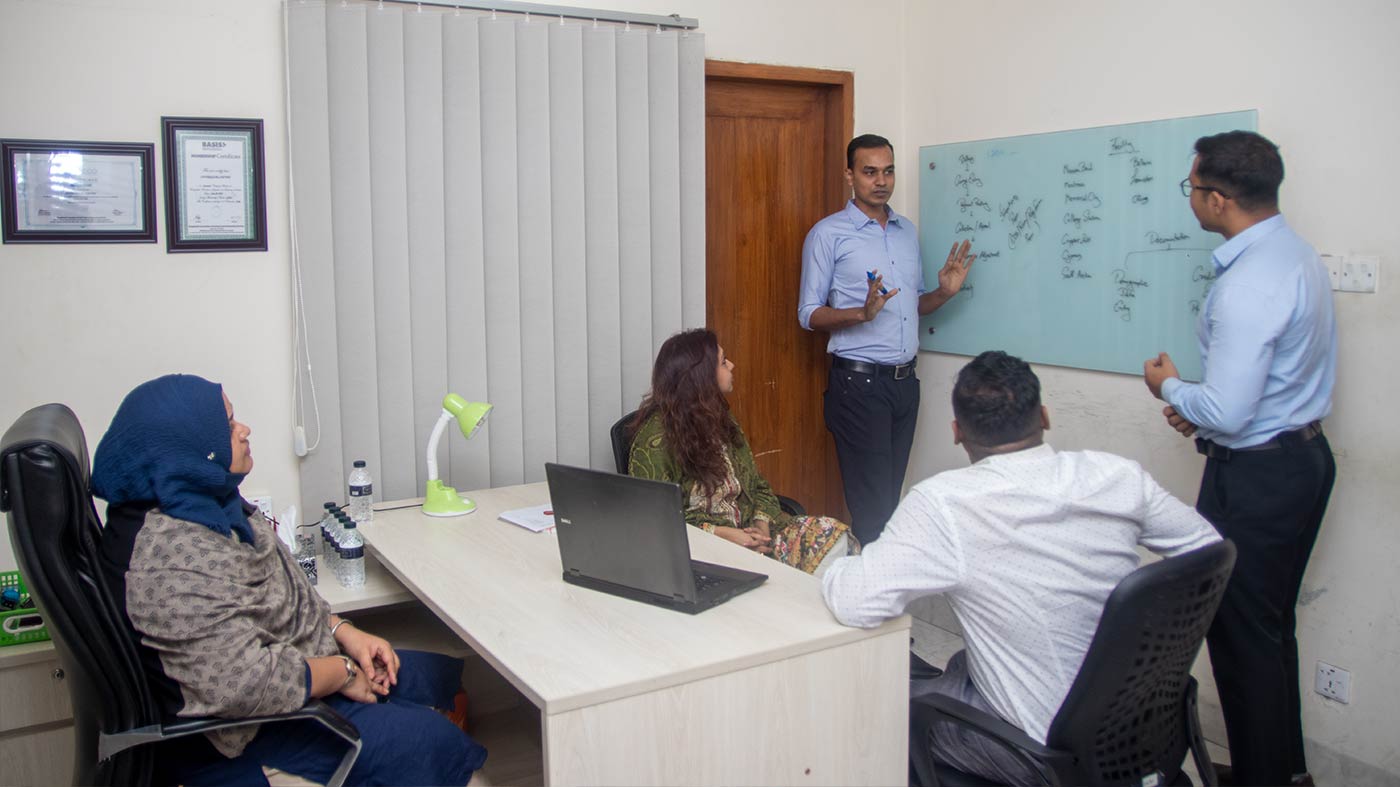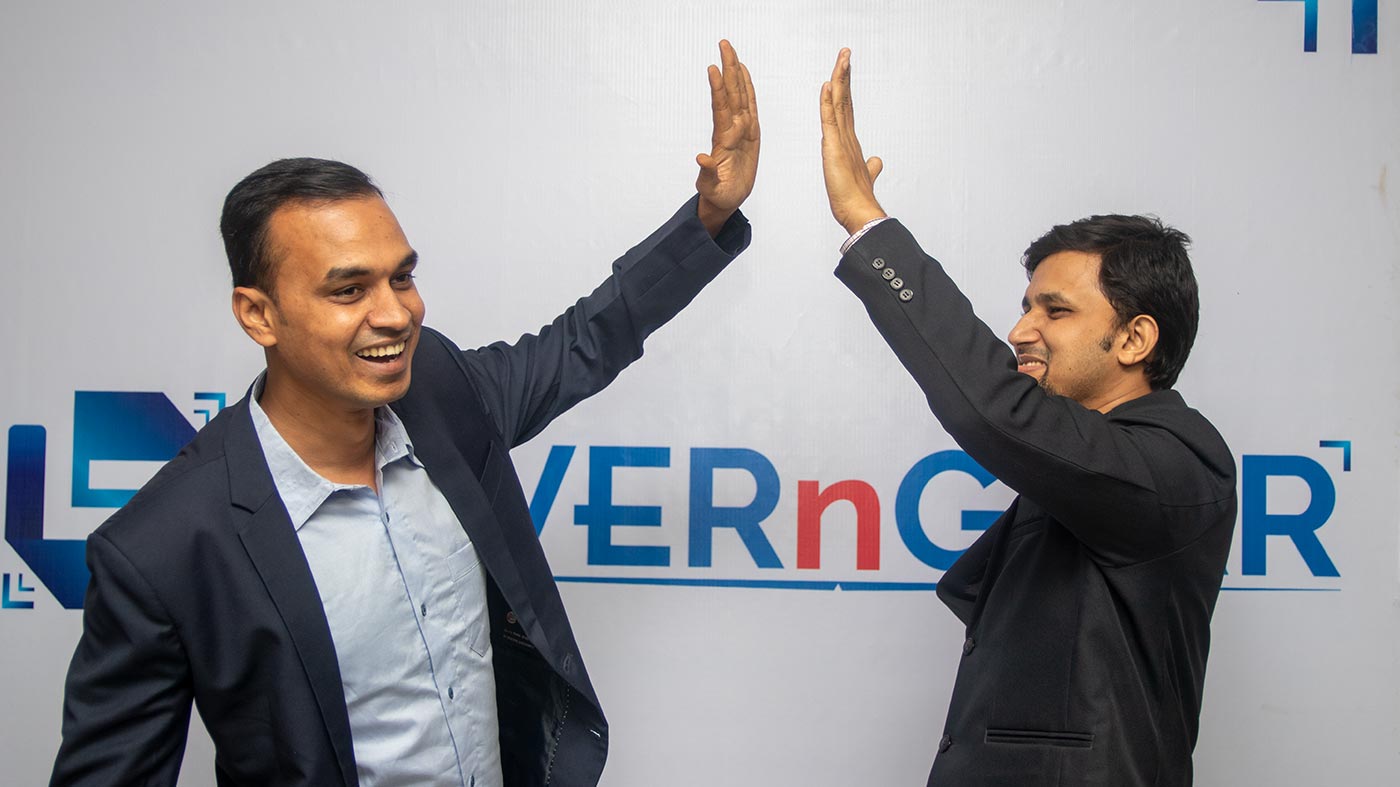LevernGear provides scientifically based recommendations on night shift schedules, including consecutive shifts, shift intervals and duration of shifts, which may reduce health and safety risks. Short-term physiological effects in terms of circadian disruption, inadequate sleep duration and quality, and fatigue were considered as possible links between night shift work and selected health and safety risks.
Night shift workers normally sleep during the day, which is associated with short sleep duration, insomnia symptoms such as premature awakening and non-restorative sleep, and a reduction in stage 2 and rapid eye movement (REM) sleep compared with other shifts and days off. It is likely that components of the shift schedule, for example number of days off, intensity of night shift work, and frequency of quick returns and early morning work, contribute to chronic short sleep duration and insomnia. If the night shift workers suffer from shift work disorder, defined as having shift work-related sleep problems and/or excessive sleepiness, one would assume that the sleep disturbances are chronic.
LevernGear has implemented a strategy to reduce health risks of its employees resulting in the following solutions:
Shift intervals: Shift intervals of <11 hours between two shifts (quick returns) have been associated with an increase in injuries. LevernGear entertains 15 hours between a night shift start and end.
Direction of rotation: Forward rotation usually implies longer breaks (≥24 hours) when changing from night Shift to day Shift, whereas backward-rotation systems often imply breaks corresponding to only the duration of the shifts, and therefore may have quick returns.
Duration of night shifts: A meta-analysis based on four studies found that risk of injury was increased with night shifts lasting more than 10 hours. In this case, LevernGear implements only 8 hours night shift with 1 hour break time.
Avoid overtime: LevernGear avoids scheduling overtime or double shifts or when such scheduling is necessary, it is a point to closely monitor workers and engage effective counter-measures right on-sight.
Implement snacks: LevernGear implements strategic breaks with proven-effective countermeasures including opportunities to hydrate, have a light snack, or exercise to promote alertness.
Light: Install appropriate lighting to help keep workers alert.
Find the right space for you. For companies of all sizes, WeWork provides global scale facilities and flexibility to help your business adapt to uncertainty. Find the right space for you. For companies of all sizes, WeWork provides global scale facilities and flexibility to help your business adapt to uncertainty. Find the right space for you.







